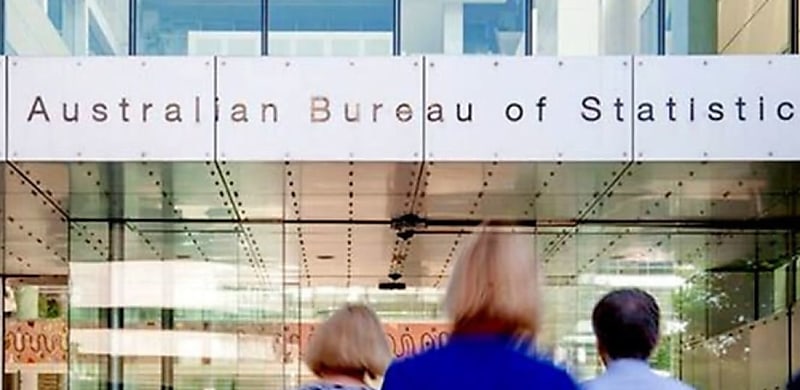
New CPI figures have shown inflation returning to the RBA’s target range for the first time since 2021.
The Consumer Price Index (CPI) has returned to the Reserve Bank of Australia’s (RBA) target range for the first time in more than three years, according to the latest data release from the Australian Bureau of Statistics (ABS).
To continue reading the rest of this article, please log in.
Looking for more benefits? Become a Premium Member.
Create free account to get unlimited news articles and more!
Looking for more benefits? Become a Premium Member.
ABS data showed the CPI rose 0.2 per cent during the September 2024 quarter, with annual inflation dropping to 2.8 per cent.
This drop, down from 3.8 per cent in the previous quarter (June 2024), represents the first time annual inflation has sat within the RBA’s target range of 2–3 per cent since the March 2021 quarter.
Michelle Marquardt, ABS head of prices statistics, said: “The September quarter’s rise of 0.2 per cent is the lowest outcome since the June 2020 quarter fall which occurred during the COVID-19 outbreak and was driven by free childcare.
“Annually, the September quarter’s rise of 2.8 per cent was down from 3.8 per cent in the June quarter. This is the lowest annual inflation rate since the March 2021 quarter.”
According to the ABS, the main contributors to slowing inflation were falls in electricity (-17.3 per cent) and automotive fuel (-6.7 per cent) prices.
“The 2024–25 Commonwealth Energy Bill Relief Fund rebates in all states and territories and state government electricity rebates in Queensland, Western Australia and Tasmania led to a large fall in electricity prices this quarter,” Marquardt said.
“Without the rebates, electricity prices would have increased 0.7 per cent this quarter.”
As such, the trimmed mean measure, which excludes significant price rises or falls, produced a slightly more modest result.
Trimmed mean annual inflation sat at 3.5 per cent during the September 2024 quarter, according to the ABS, down from 4.0 per cent in June.
“The trimmed mean excluded the significant falls in both Electricity and Automotive fuel this quarter, alongside other large price rises and falls. As a result, trimmed mean annual inflation of 3.5 per cent was higher than CPI inflation of 2.8 per cent,” Marquardt said.
What will the RBA do?
The focus will now turn to the central bank; however, previous comments from RBA governor Michele Bullock suggest a knee-jerk reaction to these latest figures is highly unlikely.
Bullock forecast the impact of cost-of-living reliefs such as energy rebates during a monetary policy meeting in September.
“Headline inflation is expected to fall further temporarily, as a result of federal and state cost of living relief. However, our current forecasts do not see inflation returning sustainably to target until 2026,” she said.
“In year-ended terms, underlying inflation has been above the midpoint of the target for 11 consecutive quarters and has fallen very little over the past year.
“While headline inflation will decline for a time, underlying inflation is more indicative of inflation momentum, and it remains too high. The most recent projections in the August SMP show that it will be some time yet before inflation is sustainably in the target range.
“Data since then have reinforced the need to remain vigilant to upside risks to inflation and the board is not ruling anything in or out.
“Policy will need to be sufficiently restrictive until the board is confident that inflation is moving sustainably towards the target range.”
Looking forward
On Tuesday, NAB senior economist Gerard Burg provided one view of how the central bank’s easing cycle could manifest itself during a NAB Commercial Broker Quarterly Economic Update webinar.
“The path of inflation has been uncertain, and that’s impacted decision making around the RBA and when it’s going to cut,” Burg said.
“A couple of months ago, we thought May next year might be a likely starting point with the risk it could be a little bit earlier.
“We’ve now moved that position to February next year as the first cut.
“As much as anything, it’s not so important when the first cut is, or how much, [but] it’s really the end point of where we get to.
“In the latter part of 2026, we expect the rate to be sitting around about 3 per cent, which is where we see the neutral rate for the economy at present.
“So importantly, that’s low by historic standards.”
[Related: September–October cash rate decision called]
 Login
Login











JOIN THE DISCUSSION